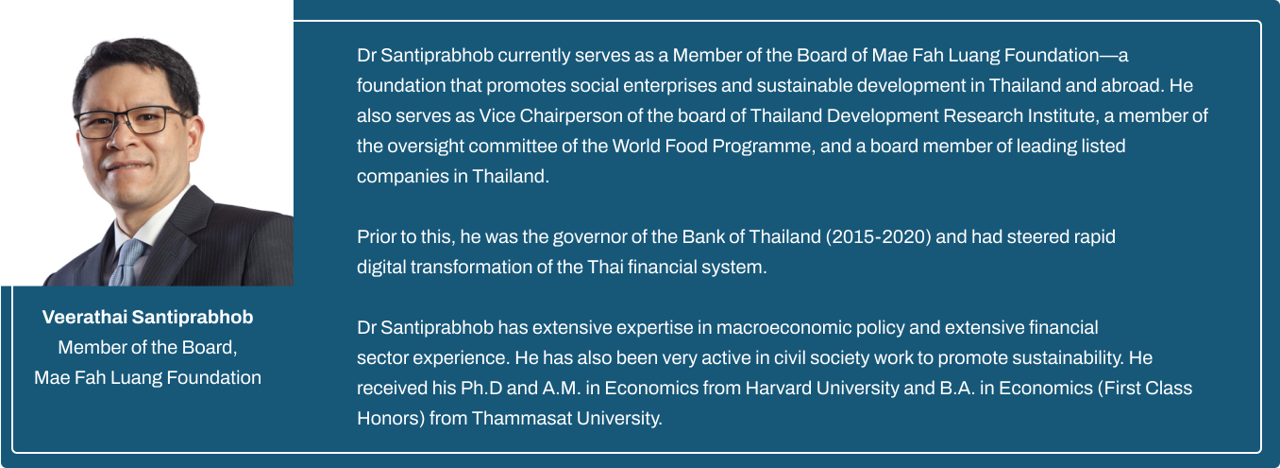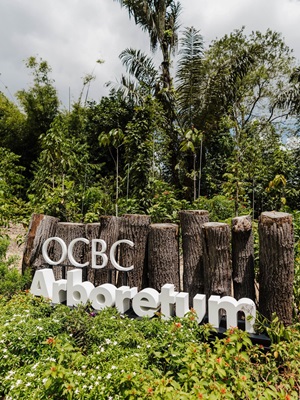Southeast Asia stands at a critical crossroads in its development trajectory. Being one of the regions most vulnerable to climate change, it faces an urgent need to transition towards a low-carbon, climate-resilient economy. However, due to the region’s heavy reliance on fossil fuels and carbon-intensive industries, this transition becomes complicated.
These carbon-intensive industries have long been the backbone of Southeast Asia’s growth. Hence, in order to meet its climate commitments and sustainable development goals, the region requires approximately $200 billion in annual green investments through 2030. This staggering figure dwarfs the current sustainable finance levels in the region, highlighting a significant financing gap that must be bridged.
The Growth of Sustainable Finance in Asia
Although there’s much work left to do, the past decade has seen remarkable progress in sustainable finance across Southeast Asia. Back in 2016, sustainable debt issuance in ASEAN-5 countries only reached $0.25 billion. However, by 2021, annual sustainable debt issuance surged to $6.75 billion, with outstanding sustainable debt rising to $24 billion.
This growth trend can also be seen across the broader Asia-Pacific region, where ESG-focused funds have outpaced their global counterparts in asset under management (AUM) growth since 2021. According to J.P. Morgan’s 2023 Asia Pacific Equity Research, ESG AUM in APAC grew more than fivefold between 2016 and 2021, reaching $121 billion. Moreover, ESG funds currently hold a 2% market share in the region. This rapid growth shows the increasing recognition of the importance of sustainable finance among companies, regulators, and investors.
Policy and Market Developments in Southeast Asia
Southeast Asian countries have been proactively developing frameworks that support sustainable finance. Some of the most notable developments include:
Indonesia's pioneering issuance of the world's first sovereign green sukuk (Islamic Bond) in 2018 amounting to $1.25 billion to support its GHG emissions reduction goal and the publication of its green taxonomy in 2022.
Malaysia's introduction of the Climate Change and Principle-based Taxonomy in 2021, which provides guiding principles on climate objectives. This also standardizes the classification and reporting of climate-related exposures to support risk assessments and monitoring of financing and investments.
Singapore's launch of the Singapore-Asia Taxonomy for Sustainable Finance in December 2023. It is the world's first multi-sector transition taxonomy, which sets out thresholds and criteria for defining green activities that contribute to climate change mitigation.
These initiatives do not only provide much-needed guidance for market participants but also help align regional practices with global standards.
Furthermore, central banks in Southeast Asia also stepped up by integrating climate risk considerations into their mandates and supervisory practices. An example is the Philippines’ Bangko Sentral ng Pilipinas, which shows proactive risk management through its climate stress-testing exercise focusing on the impact of transition risk on the banking system.
Meanwhile, at the regional level, ASEAN has launched several initiatives to harmonize sustainable finance practices. One of these is the development of green, social, and sustainability bond standards, as well as the ASEAN Taxonomy for Sustainable Finance.
Challenges in Scaling Sustainable Finance
Despite these positive developments, sustainable finance in Southeast Asia still faces several persistent challenges. Here are some of the challenges presented in the World Bank’s Unleashing Sustainable Finance in Southeast Asia:
Small market size: Sustainable debt markets remain small, accounting for only about 2.5% of total debt in ASEAN-5 countries as of 2021. This limited scale restricts the sector's ability to meet the sustainable financing needs in Southeast Asia.
Sizeable gap in sustainable financing for small and medium enterprises (SMEs): The market is predominantly accessible to large firms in the ASEAN-5. Private equity markets, although small in the region compared to more developed markets, have financed some of the smallest innovative firms. However, for the SMEs, which are the backbone of many Southeast Asian countries, access seems limited.
Concentration on the energy sector: Unlike in more mature markets, sustainable finance in Southeast Asia is heavily concentrated in the energy sector, with a large portion of the proceeds from green bond issuances directed towards it. This limits the impact of sustainable finance across other crucial areas of the economy.
Gaps in ESG data and information: The lack of consistent, comparable ESG data and climate-related information prevents effective decision-making by both issuers and investors. In HSBC’s Sustainable Financing and Investing Survey 2020, about half of the respondents indicated that the lack of comparability is one of the key challenges in sustainable finance’s information environment. This is also reflected in Blackrock’s 2020 Global Sustainable Investing Survey, where 53% of global respondents, 45% of whom are from Asia, cited the poor quality or availability of ESG data and analytics as the main challenge to broader implementation of sustainable investing.
Limited capabilities: The significant shortage of sustainable finance expertise impedes the development of green projects and the integration of sustainability into risk management practices.
A Holistic Approach for Sustainable Finance Development
Realizing the full potential of sustainable finance in Southeast Asia requires a comprehensive strategy that addresses multiple dimensions simultaneously. The World Bank’s REACT framework offers a useful guide for policymakers to mobilize private capital towards sustainability:
Readiness: This involves mitigating investment challenges and risks for sustainable projects. Policies should aim to de-risk sustainable investments, support better risk diversification, and address the lack of sustainable assets for investment.
Enabling environment: To boost development in sustainable finance, policymakers should work to improve financial market infrastructure and regulations for a more accessible financial system.
Analytics: Policies should prioritize bridging data gaps and improving sustainability-related information systems. A crucial step is to effectively implement taxonomies and disclosure standards, ultimately implementing them across the broader private sector.
Capabilities: With limited capabilities identified as a challenge, the REACT framework highlights the importance of developing sustainable finance skills and literacy to accelerate the development of sustainable finance in the region.
Transition: Policymakers should pay close attention to firms, sectors, and communities that may be negatively affected by the transition towards sustainability, ensuring a ‘just transition'.
By taking coordinated action across these areas, Southeast Asian countries can accelerate sustainable finance flows and successfully transition to low-carbon, climate-resilient economies.
The Path Towards a Sustainable Southeast Asia
As climate risks intensify and investors increasingly seek sustainable investments, scaling up sustainable finance in Southeast Asia is crucial to address its environmental vulnerabilities and drive economic growth and resilience in the region.
While progress made in recent years provides a strong foundation, Southeast Asian economies have a long way to go before sustainability is fully integrated into investments. Bridging the significant investment gap will require sustained collaborative effort from policymakers, financial institutions, and the private sector.
The challenge is immense, but so too is the opportunity. With the right policies and market innovations, sustainable finance can become a powerful lever for driving Southeast Asia's sustainable development in the decades to come.
Posted 12/11/2024









